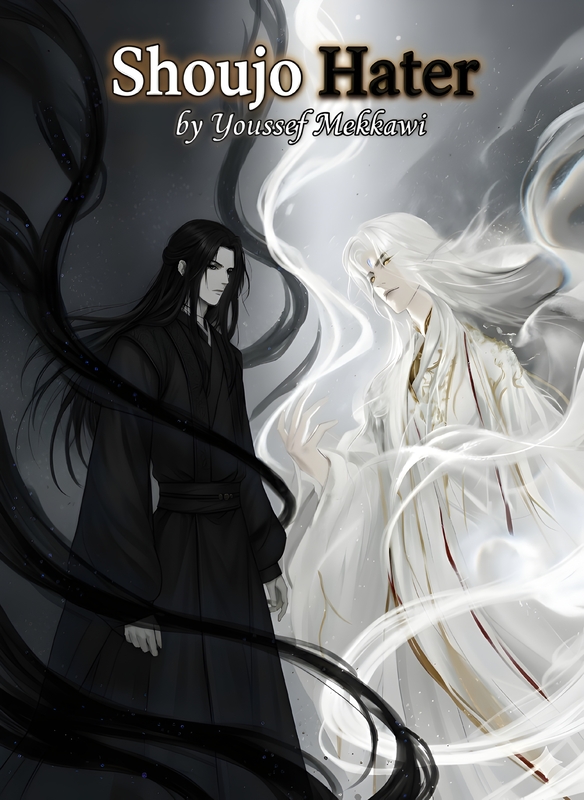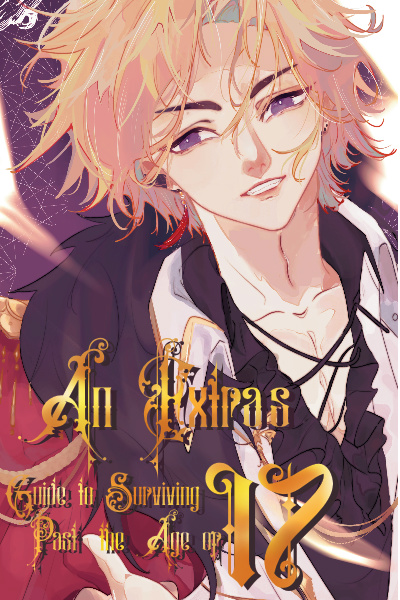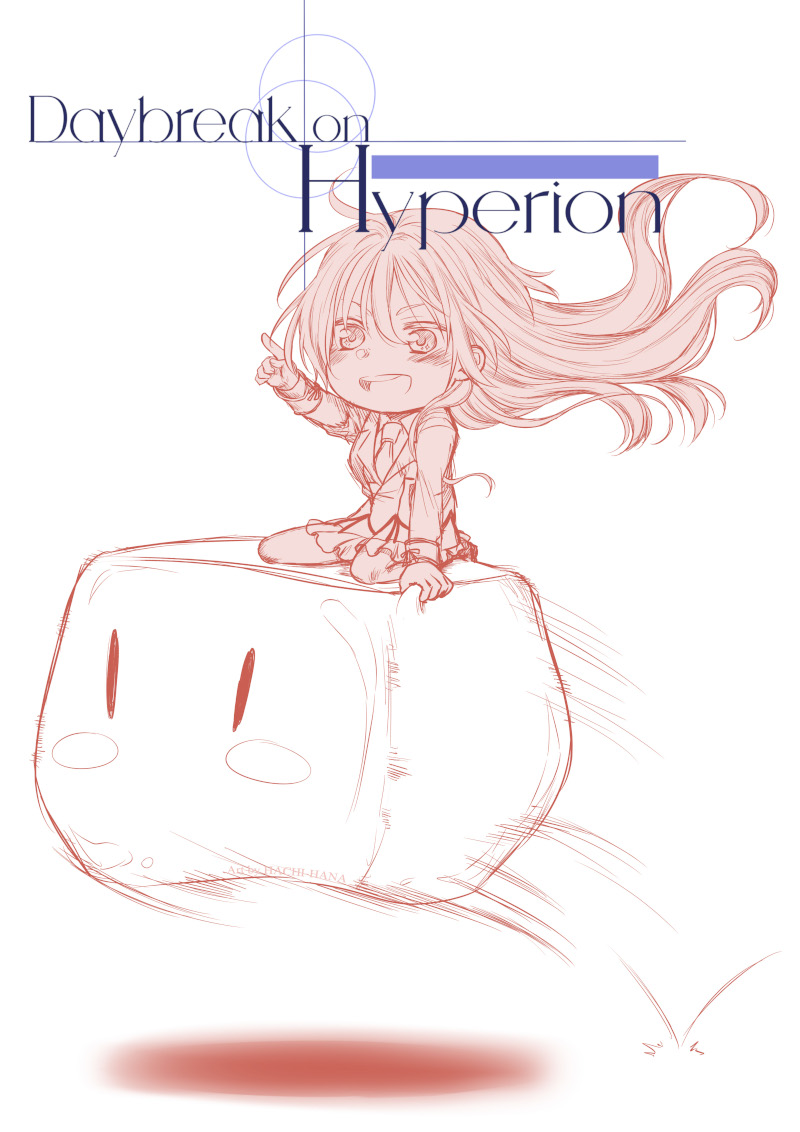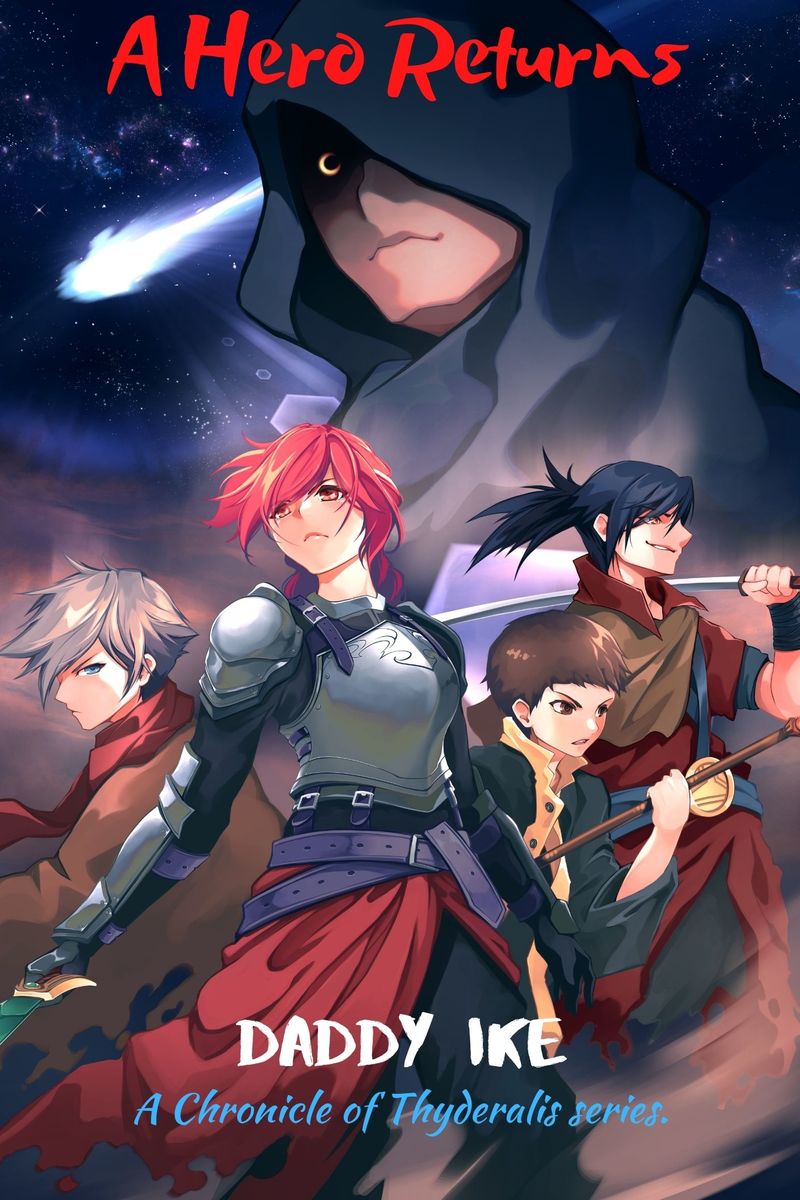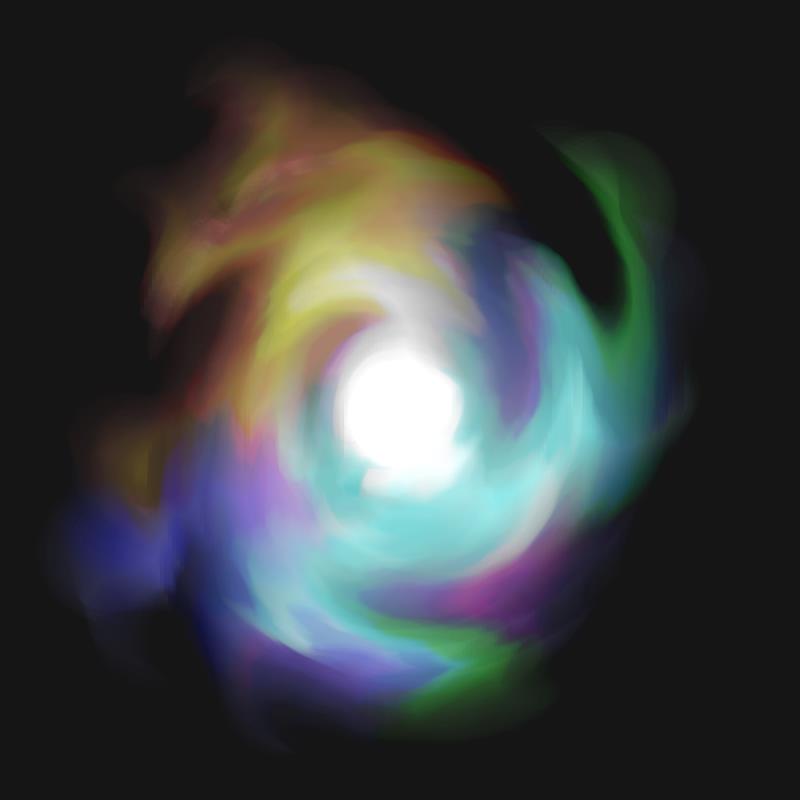Same info as previous appendix. For those who want things in a more orderly fashion, I present the same information in a convenient table form.
Pronunciation Table (showing Phoneme / IPA / Example)
|
Basic Vowels |
||
|
O |
/o/ |
o in tote |
|
I |
/i/ |
short-duration ee in beet |
|
E |
/ɛ/ |
e in bet |
|
A |
/ɑ/ |
o in tot, first a in mama (or o in momma) |
|
Quasi-Consonants |
||
|
Ö |
/w/ |
w in wet |
|
Ë |
/j/ |
y in yet |
|
Elided forms |
||
|
Së |
/ʃ/ |
sh in shoe |
|
Të |
/t͡ɕ/ |
t and y merged into one sound. (‘virtual’ when not quite a ‘ch’ sound.) |
|
Zë |
/ʒ/ |
z in azure, s in measure |
|
Dë |
/ʤ/ |
j and dg in judge |
|
Broadened Vowels |
||
|
Ô |
/oʊ/ |
o in toe (longer duration than o in ‘tote’) |
|
Y |
/ʊ:/ |
oo in ‘look’, but longer, like French eu in ‘bleu’. |
|
U |
/u:/ |
ue in glue. oo in moot. |
|
 |
/ɑʊ/ |
ow in cow, ao in dao, ou in sound. |
|
Raised Vowels |
||
|
Ó |
/oɪ/ |
oy in toy |
|
Í |
/i:/, /iə/ |
extended ee, as in seem or verging on two syllables, like ea in fear |
|
É |
/eɪ/ |
ay in pay |
|
Á |
/aɪ/ |
I in sigh, time |
|
Lowered Vowels |
||
|
È |
/ɪ/,/ə/, |
i in pit. unstressed degrades to ə (schwa), and silent at word end |
|
À |
/ɐ/,/ə/ |
u in but, rut. unstressed degrades to ə (schwa) |
|
Blended Vowels |
||
|
Ae |
/ae/, /æ/ |
This combination can become monophthongized in a simple /æ/ like a in ‘pan’, which can be thought of as a midpoint between the two sounds. Thus ‘Feraen’ is usually pronounced like ‘Fair Anne’. |
|
Primary (syllable onset) Consonants, Plain (i.e. unvoiced) |
||
|
C |
/t͡ʃ/ |
c in cello, ch in church |
|
F |
/ɸ/ |
f in fairy |
|
H |
/h/ |
h in ahoy (never silent like hour, honor) |
|
N |
/n/ |
n in night (long story why this is called ‘unvoiced) |
|
P |
/p/ |
p in pop |
|
R |
/r/ |
lightly trilled (‘rolled’) r as in Italian. |
|
S |
/s/ |
s is sister |
|
T |
/t/ |
t is tot |
|
Primary (syllable onset) Consonants, Reinforced (i.e. voiced) |
||
|
B |
/b/ |
b in but |
|
D |
/d/ |
d in dog |
|
Dd |
/ð/ |
th in then, that |
|
G |
/ŋ/ |
ng in sing |
|
-ng- |
/ŋg/ |
(special midword case) ng in finger, anger |
|
L |
/l/ |
l in lot, loss |
|
M |
/m/ |
m in Mary |
|
V |
/β/ |
v in vampire |
|
Z |
/z/ |
z in zebra |
|
Coda (syllable ending) consonants |
||
|
-r |
/ɹ/ |
rhotic r (like ending ‘r’ in General American pronunciation) (onset R is trilled) |
|
-l |
/ɫ/ |
‘darker’ than onset L. As many English speakers pronounce the L in ‘Bottle’. American or Australian L in ‘full’ |
|
-n |
/ɴ/, /m/ |
a nasal pinch (as in Japanese, French). In front of ‘b’,’p’,’m’,’v’ it turns into an ‘m’ sound (like Japanese ‘Sempai’)) Note that these cases may be written as ‘m’ instead. |
|
-nn- |
/ɴn/ |
in front of leading N, it becomes geminate, like in Japanese ‘Kon’nichiwa’ |
|
-dd |
/θ/ |
Unlike leading Dd- , the trailing -dd is unvoiced (like ‘Beth’) |
|
If an apostrophe appears, it is not pronounced. It is being used to clarify whether a consonant is part of the preceding or following syllable. For example, “Han’in” (“Dad”, or “Papa”. Informal word for Father) has a different meaning and pronunciation than “Ha’nin” (“active”, or “in motion”) |
||
|
Note that -r and -l are ‘semicodas’, which means they can be combined with -n or -dd, the ‘true codas’ to give -rn, -rm, -rdd and -ldd |
||


